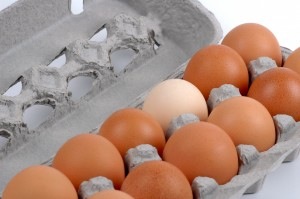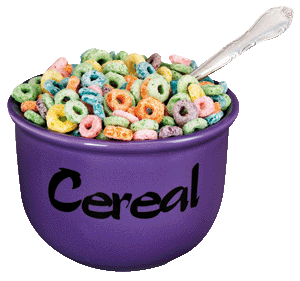I had a weird day yesterday. Everything was out of sync. It started with breakfast. With rare exception, I have nonfat Greek yogurt with fruit and two tablespoons of Grape Nuts every morning.
Yesterday was an exception. I didn’t have a bad breakfast – for a lot of people. It just wasn’t a good breakfast for me.
I ate at a local diner and ordered the “special” oatmeal with walnuts and apples. The steaming bowl arrived with the oatmeal liberally sprinkled with walnut halves and stewed apples that were quite sweet and floating in a generous amount of syrup.
Sweet Stuff In The Morning: Yea Or Nea
The simple fact is that I cannot eat sweet stuff in the morning. I also cannot eat oatmeal unless it’s accompanied by some kind of protein. If I do eat either, two things happen: I feel crummy by mid morning and I am hungry the rest of the day – especially for more sweet stuff.
I know – no one twisted my arm to order the “special” oatmeal. I did it all by myself. It sounded delicious – it tasted delicious, too. But then again I really like my yogurt with fruit and Grape Nuts. I just felt like something different.
The way my body processes food is unique to me – just as your metabolic processes are unique to you. But, based on my research I apparently am not alone in my sweets in the morning issue and the roller coaster ride it creates for my blood sugar.
I need protein in the morning. Most of my clients have a protein breakfast, too. As a matter of fact, most people I work with eat the same breakfast every day – and they’re happy to do so. Once you find what works for you, eating a structured breakfast takes less time and sets you up for your day.
Research Supports Protein For Breakfast
There’s good research to support a breakfast of eggs, protein shakes, yogurt (preferably nonfat Greek yogurt because it has no added sugar and 20 grams of protein for an 8 oz serving), or other protein selections.
A study in the British Journal of Nutrition found that the amount and the time of day that you eat protein affect your feeling of fullness during the entire day. The researchers concluded that when people ate food with high quality protein from sources like eggs and lean Canadian bacon for breakfast they felt fuller throughout the day as compared to eating a larger amount of protein at lunch or dinner.
Make Your Breakfast Count
According to the study’s authors, most Americans usually eat a pretty small amount of protein at breakfast: about 15% of their total daily protein intake.
Although consumer research shows that 92% of Americans say breakfast is the most important meal of the day, less than half (46%) eat breakfast every day of the week.
SocialDieter Tip:
Eat breakfast every day. Find out what food works best for your body and make a habit of incorporating it into your breakfast lifestyle. You have a chance to increase your protein intake in the morning which will give you sustained benefits through out the day. With a little planning you can have an easy and ready to grab protein breakfast waiting for you as you get ready to head out the door.




